
Message to the minister
We share a letter sent by a BASC member to the Policing Minister on plans to consult on moving Section 2 certification (shotguns) to Section 1 (mostly rifles).
Get information on the legal shooting season for mammals and birds in the UK.
Apply for funding for your project or make a donation today
Comprehensive information and advice from our specialist firearms team.
Everything you need to know about shotgun, rifle and airgun ammunition.
Find our up-to-date information, advice and links to government resources.
Everything you need to know on firearms law and licensing.
All the latest news and advice on general licences and how they affect you.
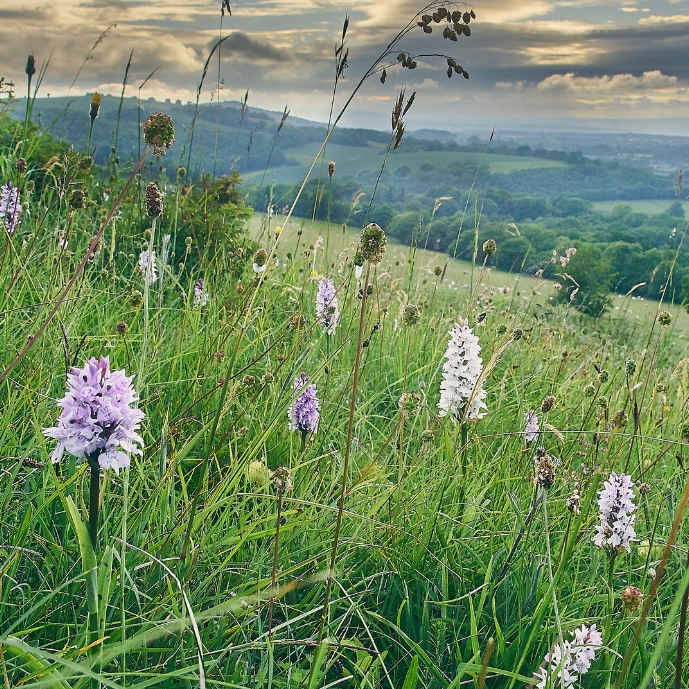

Landowners in England who manage grassland habitats which meet specified requirements can apply for annual funding of up to £646 per hectare from Defra.
Healthy grassland habitats deliver significant benefits to gamebirds and shooting. If grass is not cut for silage or hay, it will provide nesting cover for wild game broods, as well as an ample supply of insects for young chicks to eat during the first few weeks of their life. As grasses mature, they also produce seeds for wildlife to feed on, helping boost biodiversity and making your ground richer and more attractive.
Defra recently announced the first endorsed action under the Sustainable Farming Incentive; it focuses on managing priority habitat species-rich grassland. The action, which trades under the catchy name of GRH6, is now open for applications.
So, even if you don’t own the land you shoot on, we highly recommend having a word with the farmer or landowner to see if they could benefit from this scheme by setting aside a portion of land for species-rich grassland habitat creation or improvement.
If you’re unsure whether your land qualifies and need support, please contact your regional BASC team.
The Sustainable Farming Incentive (SFI) is a government scheme which supports environmental land management in England.
The SFI replaces the area-based Basic Payment Scheme by 2028 and will allow farmers access to a payment system based on environmental outcomes.
The SFI scheme began in 2021 and now has a collection of individual incentives available to those who manage land. New incentives are being added to the scheme so it’s worth having a look at updates regularly.
To qualify for funding under SFI, a set of actions must be completed – see on the right.
Endorsed actions are specific actions under the SFI which require approval from Natural England (NE) or Historic England and target priority habitats, species and heritage sites.
When you submit an application for an endorsed action, such as the GRH6, NE will be notified by the Rural Payments Agency (RPA) to assess the land and its suitability. NE’s assessment will help ensure that you have the guidance necessary for effective management of the habitat.
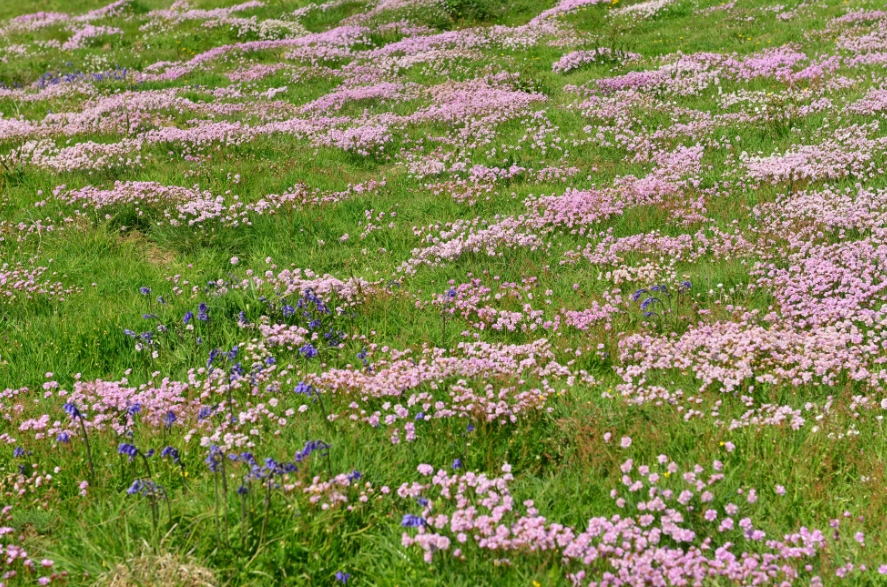
Defra says you can have species-rich grasslands already, or have land with the potential for restoration or creation of it. Priority habitat species-rich grassland can include areas like hay meadows, calcareous grasslands or acid grasslands. I’ll talk about this more later on.
The grasslands the scheme is looking for in particular include:

Any agricultural land located below the moorland line that receives endorsement (i.e. written approval) from an NE advisor, or NE-approved advisor who acts on NE’s behalf, can qualify for the endorsement.
The land must also meet the species-rich grassland eligibility criteria set out by the SFI – you can find them here – be registered with an eligible land cover on digital maps and declared with a land use code compatible with the eligible land cover.
If meet these criteria, you can apply for funding here.
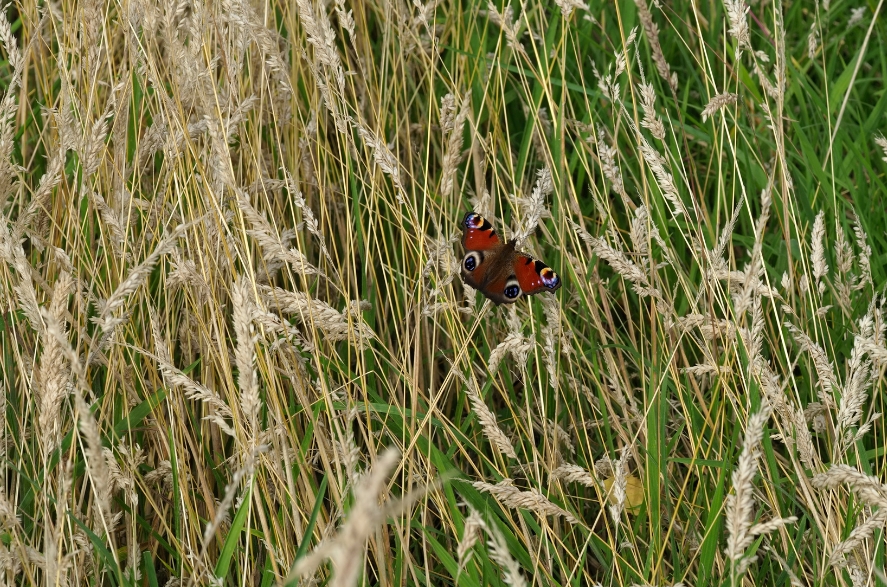
The GRH6 is the first endorsed action and supports the management of priority species-rich grassland. It’s a so-called static action, meaning it must be carried out in the same location every year for its entire duration. This action is a five-year commitment with annual payments of £646 per hectare.
Species-rich grassland must meet certain criteria for it to be eligible for funding. They must support a diverse range of wildflowers, plants, invertebrates and animals. GRH6’s role is to support the biodiversity of grasslands, supporting wildlife and ensuring the soil is healthy and carbon-rich, preventing erosion.
As mentioned above, the endorsement will need to be done by an NE advisor or NE-approved advisor. They will check whether the land you applied for endorsement for meets the following:
The advisor might need to arrange a visit to your site to assess it.
If you have plans to restore or create such grassland on your land, you must provide a map and soil analysis before the advisor’s visit. You can find the requirements for both here.
It’s worth noting that Sites of Special Scientific Interest (SSSIs) require consent from SSSI before you can do this action. There is a section explaining how to apply for this consent here.
You must review the guidelines available here before applying.
Once you are sure that this scheme could apply to your land, you will need to submit an expression of interest to the Rural Payments service.
Your application will be sent to RPA which will then send you an invitation to apply for an agreement.
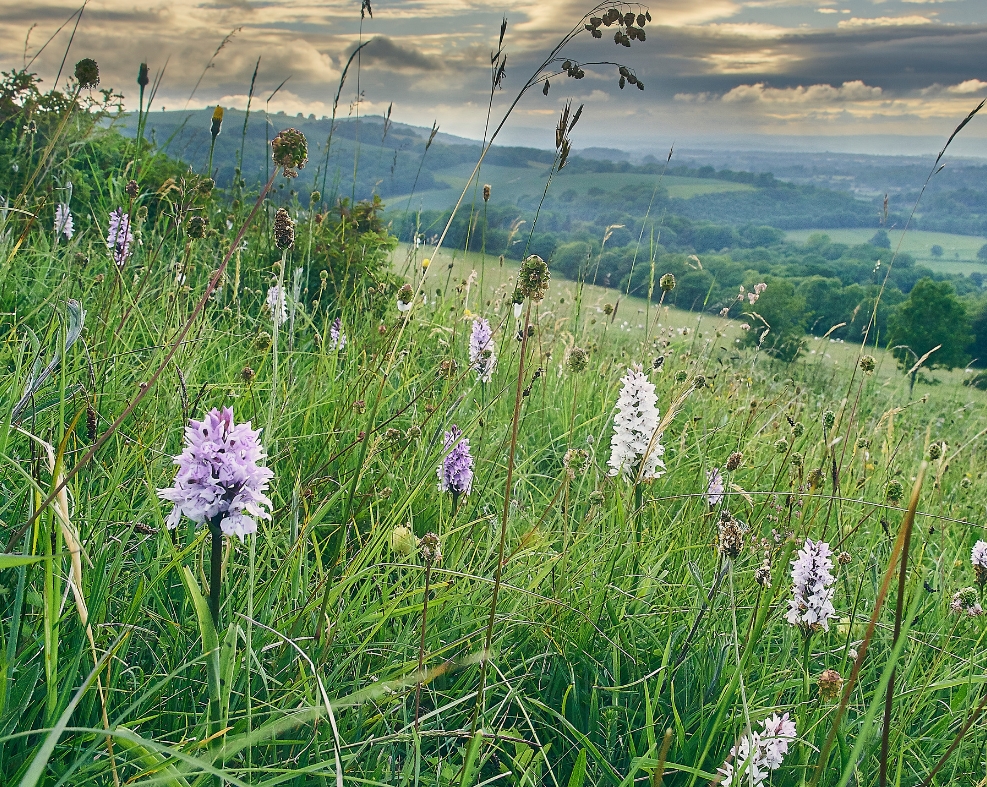


We share a letter sent by a BASC member to the Policing Minister on plans to consult on moving Section 2 certification (shotguns) to Section 1 (mostly rifles).
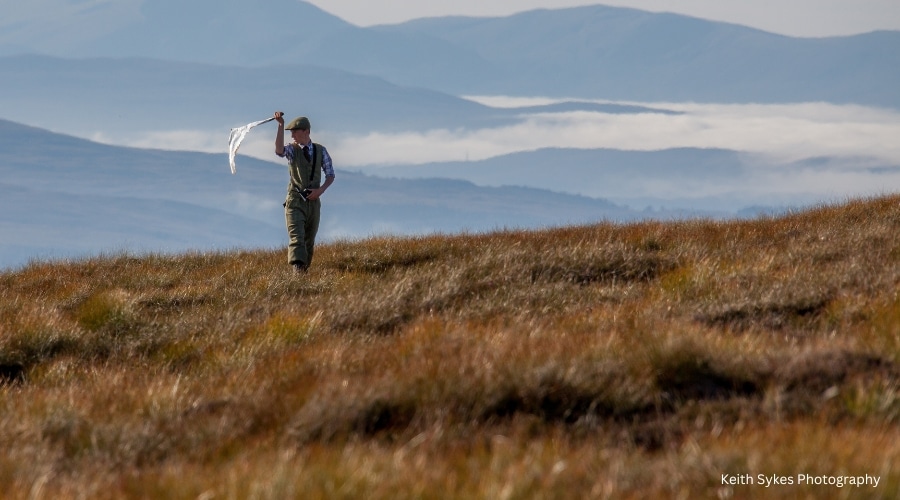
BASC is backing calls by a group of MPs for “urgent and meaningful” government action on rural mental health in England.

Rough shooting can mean different things to different people. But what qualities define an exemplary rough shooter?